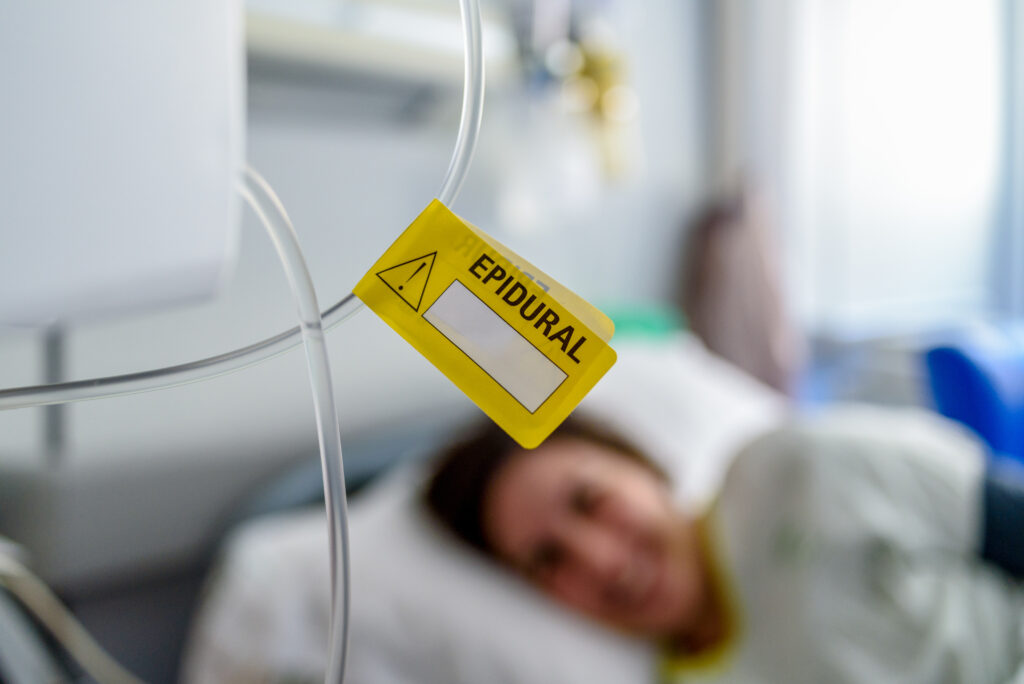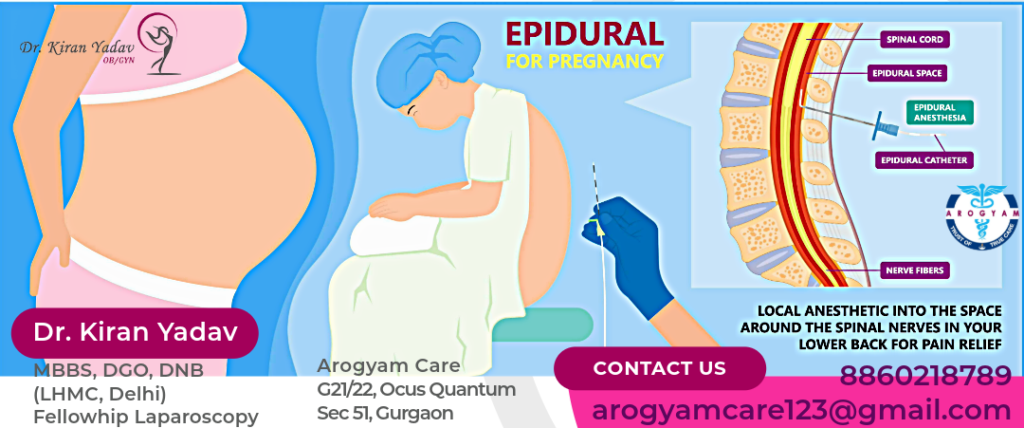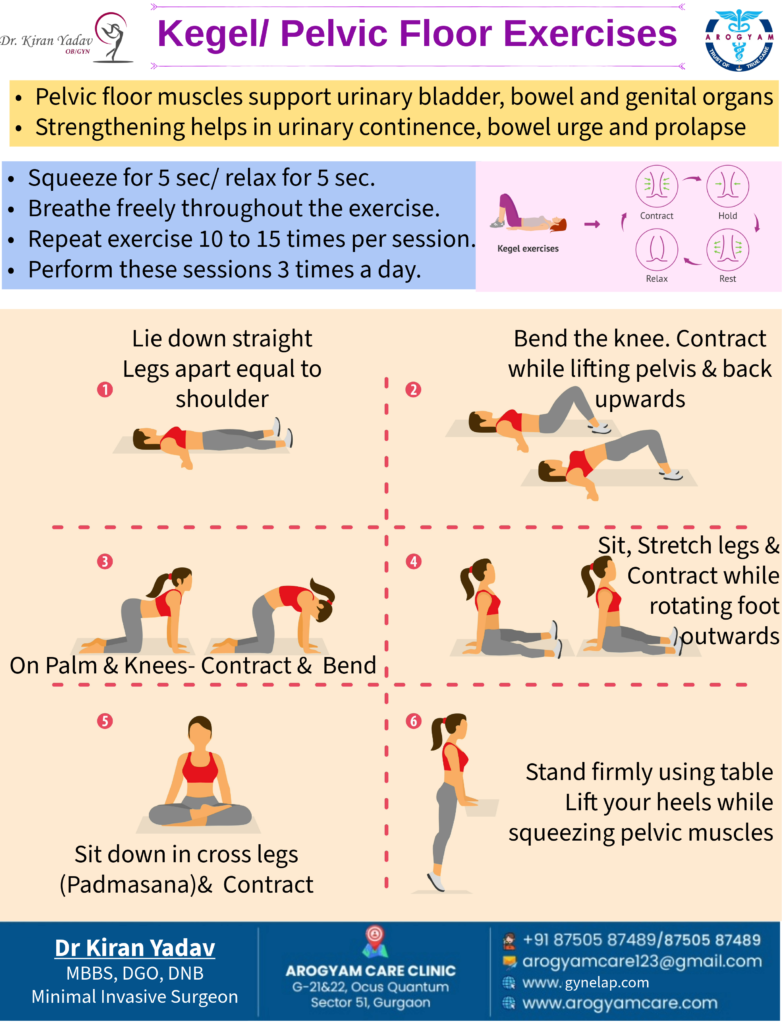Painless delivery refers to various methods and techniques used to minimize or eliminate pain during childbirth. While labor is naturally a painful process, there are multiple strategies available to help manage pain and make the birthing experience more comfortable. Understanding these options can empower expectant mothers to make informed choices that align with their preferences and medical needs.
It is every woman’s dream to have a baby. This experience can’t be explained in words. It is common knowledge that delivery of a child is a painful experience. This can last for hours and affect women’s health. Nowadays it is possible to avoid this Pain. Technology has shown that it is possible to have a painless delivery. The best person to ask about this delivery is your Gynaecologist.

Sometimes women may not want to experience any pain in delivery. In this scenario, it is possible to have the painless delivery. Many people assume that it can be done through the C-Section only. It’s not true as this is a natural way to have a child. In a painless delivery, women will not experience any pain during the delivery. Doctors know the way to lower or remove pain through this special technique.
Most gynaecologists would use epidural anaesthesia in labour to remove or decrease the feeling of pain. Epidural is the form of regional anaesthesia. This is injected near your spinal canal. When it’s injected you feel numbness in the abdominal, genital and pelvic area. This loss of sensation prevents the feeling of pain from reaching the Brain. During this technique the baby is delivered normally. It’s just that woman will not feel any pain at all. This works for the time till the baby is delivered. Effect of epidural will go away completely after 2-4 hours of delivery.
Today this has become the most preferred mode by women who want normal but painless delivery. Advantage of this technique are;
– The duration of delivery is less.
– A woman will feel no pain at all in painless delivery.
– The stress levels during the childbirth remains high. In a painless delivery, there is less stress on you and the baby due to absence of the pain.
– It is possible that your blood pressure may get elevated during labour pains. A painless delivery is unique as it helps in normalising the blood pressure. This keeps the BP stable and under control for the duration of the delivery.
– It is also beneficial if one has to perform a C-Section in an emergency scenario.
All these advantages make Painless delivery most efficient way to have a normal delivery. Today most gynaecologists would use this method to have a safe and secure delivery.
1. Understanding Pain During Childbirth
Labor pain occurs as the uterus contracts to help the baby move through the birth canal. The intensity and nature of the pain can vary significantly from one woman to another. Pain during labor is typically described as:
- Contractions: Intense, cramp-like pains in the lower abdomen and back that come in waves.
- Pressure: Sensation of pressure in the pelvic area as the baby moves down the birth canal.
- Discomfort: General discomfort and soreness in the pelvic region and lower back.
2. Methods for Painless Delivery
Several techniques can help manage or reduce pain during delivery:
A. Medications
Epidural Analgesia:
- Description: An epidural involves injecting a local anesthetic into the epidural space of the spine, blocking pain signals from the lower body. This method provides significant pain relief while allowing the mother to remain awake and alert.
- Pros: Provides effective pain relief, can be adjusted to manage pain levels, and allows the mother to be fully conscious during birth.
- Cons: May cause a drop in blood pressure, can limit mobility, and may require additional interventions such as a catheter.
Spinal Block:
- Description: Similar to an epidural, a spinal block involves injecting anesthetic into the spinal fluid. It provides rapid pain relief for a shorter duration and is often used for cesarean sections or late labor.
- Pros: Provides quick and effective pain relief, particularly useful for cesarean sections.
- Cons: Effects are short-lived compared to an epidural and may cause temporary numbness.
Nitrous Oxide (Laughing Gas):
- Description: Inhaled nitrous oxide mixed with oxygen can help reduce anxiety and pain during labor. The mother controls the use of nitrous oxide with a mask or mouthpiece.
- Pros: Non-invasive, provides quick pain relief, and does not affect the baby.
- Cons: May cause dizziness or nausea, and pain relief may be less effective compared to an epidural.
Opioid Analgesics:
- Description: Medications such as morphine or fentanyl can be administered intravenously or intramuscularly to provide pain relief during labor.
- Pros: Can help manage pain without affecting the baby significantly.
- Cons: May cause drowsiness, nausea, or respiratory depression in the mother or baby.
B. Non-Medical Techniques
Lamaze Technique:
- Description: A childbirth education method that emphasizes controlled breathing, relaxation, and mental focus to manage pain.
- Pros: Provides tools to manage pain without medication, promotes a sense of control, and can enhance the birth experience.
- Cons: Requires practice and commitment to learn the techniques.
Hypnobirthing:
- Description: Utilizes hypnosis and relaxation techniques to reduce stress and pain during labor. Expectant mothers learn self-hypnosis techniques to stay calm and focused.
- Pros: Can reduce pain perception, promote relaxation, and improve overall birth experience.
- Cons: Requires preparation and practice, and may not be effective for all women.
Water Birth:
- Description: Laboring or delivering in a warm water bath can help ease pain and provide relaxation. The buoyancy of the water supports the body and may reduce discomfort.
- Pros: Can provide comfort and reduce pain, allows for increased mobility during labor.
- Cons: May not be suitable for all birthing environments or situations, such as high-risk pregnancies.
Massage and Acupressure:
- Description: Techniques such as gentle massage and acupressure can help alleviate discomfort and promote relaxation during labor.
- Pros: Non-invasive, can provide relief and comfort, and can be used in combination with other methods.
- Cons: May provide only temporary relief and may not address all pain aspects.
TENS (Transcutaneous Electrical Nerve Stimulation):
- Description: A TENS unit uses low-voltage electrical currents to stimulate nerves and reduce pain perception.
- Pros: Non-drug method, can be used at home or in the hospital, and can be effective in managing pain.
- Cons: Effectiveness varies, and the unit may need to be removed during certain stages of labor.
3. Choosing the Right Method
Choosing the most appropriate method for painless delivery depends on various factors, including:
- Personal Preferences: Some women prefer a drug-free approach, while others may opt for medication-based pain relief.
- Medical Conditions: Certain medical conditions or complications may influence the choice of pain management.
- Labor Progression: The stage of labor and individual response to pain can affect the choice of pain relief method.
- Hospital Policies: Some hospitals have specific protocols for pain management and available options.
4. Preparing for Painless Delivery
- Educate Yourself: Attend childbirth education classes to learn about pain management options and techniques.
- Discuss with Your Healthcare Provider: Have open discussions with your obstetrician or midwife about your pain management preferences and any concerns.
- Create a Birth Plan: Outline your preferences for pain management and discuss them with your healthcare team to ensure your wishes are known and considered.
5. Conclusion
While labor and delivery naturally involve pain, various methods and techniques are available to help manage or reduce discomfort. From medical interventions like epidurals and nitrous oxide to non-medical techniques such as breathing exercises and water birth, women have multiple options to tailor their childbirth experience. Understanding these options, preparing in advance, and discussing preferences with healthcare providers can lead to a more comfortable and positive birth experience.



